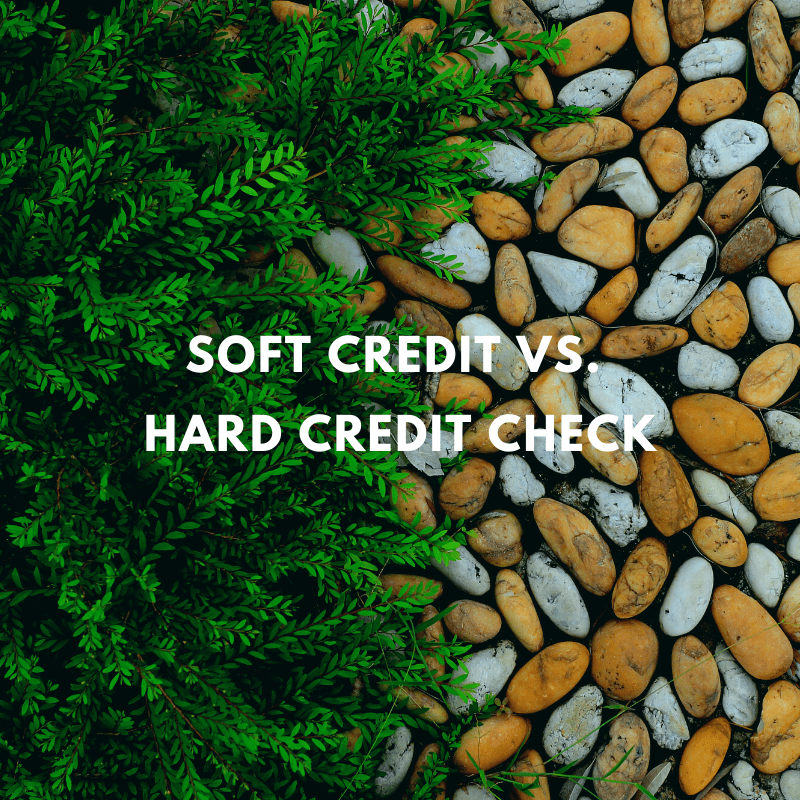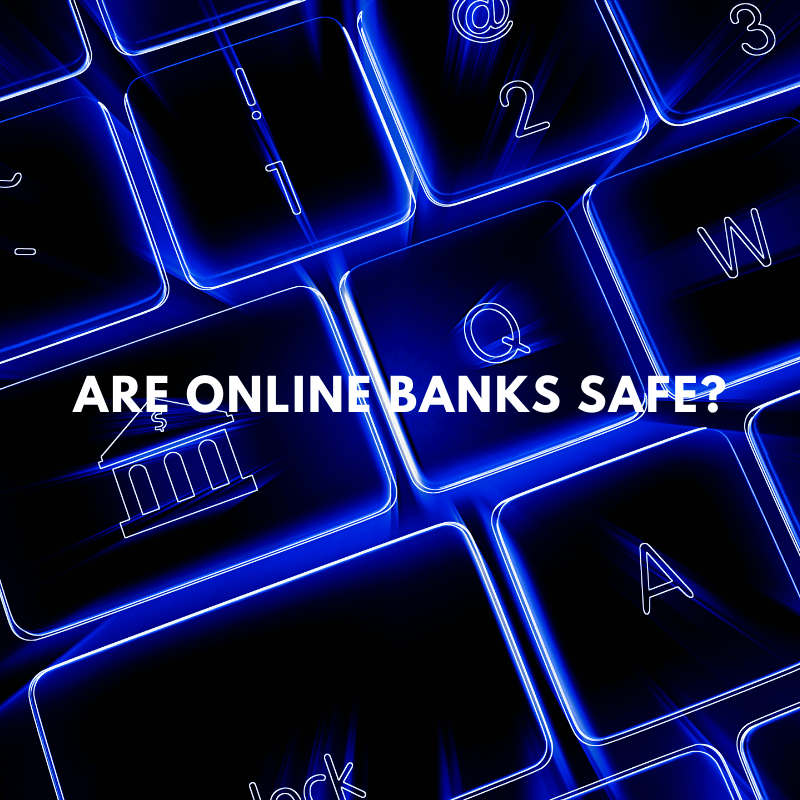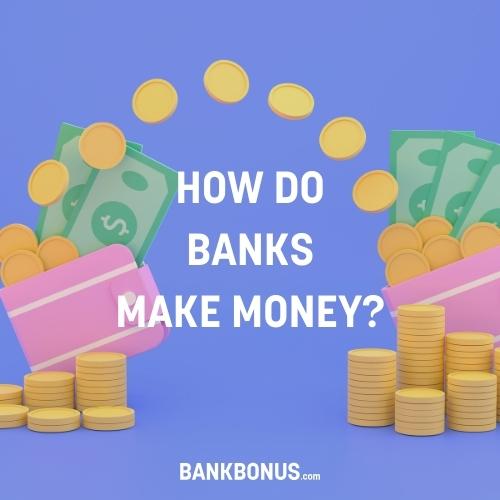If you’re looking to pay bills or transfer money but don’t have a checkbook or a bank account, a money order may be a good option for you.
Money orders are a popular form of payment alongside cashier’s checks and certified checks. You might also have received one as a form of payment owed to you.
Understanding how money orders work can help you make the most out of this form of payment and avoid any scams.
What Are Money Orders & How Do They Work?
A money order is a form of payment that guarantees that there are sufficient funds for the payment. In many ways, a money order is like a check with a few key differences.
Unlike checks, money orders are prepaid and need to be ordered individually – as the name suggests.
While checks typically come from a bank or credit union, money orders are issued through many intermediaries. These can be banks, supermarkets, the US Post office, and several other stores.
If you have a checking account, you might also be entitled to a checkbook, which allows you to write a check from the comfort of your own home.
When a check is written out, there is no guarantee that the money will be available. While it’s illegal to write a check when there isn’t enough money in the account, it can still happen.
In comparison, money orders are paid upfront in advance. The total amount of the money order (plus any fees) is paid to the institution issuing the money order, making it safer.
Should I use a money order?
Money orders have many benefits, which is why they are still around. While they are certainly not the only way to pay and receive money, they are a useful payment tool when the money needs to be guaranteed since, as we discussed earlier, personal checks have the risk of bouncing.
They are also great for paying large amounts of money, however, do keep in mind that they are typically limited to $1,000.
While you may take out multiple, there are other, more suitable ways to make such large payments.
Learn More:
Where Can I Get A Money Order Near Me?
If you’re looking to buy a money order, there are a few options available for you.
Here are a few common locations:
- US Post Office
- Participating grocery stores and convenience stores such as Walmart
- Transfer agents such as Moneygram and Western Union
- Banks and credit unions
Where Can I Cash A Money Order?
If you have received a money order and would like to cash it, you’ll be glad to know that the process is pretty easy.
The best place to cash a money order is from the place that issued it, which you can find listed on the money order itself.
Look out for logos or names of the company or financial institution that issued it. Since they aren’t for substantial amounts, you should be able to withdraw them as cash.
There might be other forms of cashing available such as bank transfer or prepaid card. Of course, if you have multiple to cash, you might want to give the branch a call beforehand to make sure there’ll be no issues when it comes to cash them.
If you have a bank account, you might also be able to deposit it straight into your bank account (a great idea if you have multiple orders for large sums of money).
Cash A Money Order Online
Check with your bank if you can deposit money orders like a regular check. With most banks offering mobile check deposits, all you’ll need to do is snap a picture of it with your phone and upload it to your mobile banking app.
It’s by far the easiest and most convenient way of cashing a money order.
How To To Fill Out A Money Order
Knowing what information you’ll need to fill out a money order can help you make sure that the process is smooth.
While money orders can change from one place to another, they all require the same information.
- Payee Information. The person, company, or institution that is getting paid. Here you will need to enter their full legal name – without it, they won’t be able to cash the money. In most cases, this will need to be written on the line next to ‘Pay to the order of.’
- Payer Information. Fill in your details clearly and fully – the bank should be able to contact you should there be an issue.
- Payment Information. If you are paying for something specific, say a bill, make sure you add the relevant information, such as your account number for the bill payment.
- Signature. Once everything else has been filled in, you can proceed to sign it in the space next to the purchaser’s signature. Unless you sign it, the payee will not be able to cash it. You’ll also need to make sure you don’t write anything on the back of it since this is usually reserved for the payee to write their information.
- Amount. Of course, you’ll also need the amount that needs to be paid, which will equal the money order’s value. Make sure you get the amount right and double-check it to avoid over-paying or having to buy another one should you end up under-paying.
But before you purchase a money order, there are a few additional things to bear in mind.
Limits
As we discussed earlier, money orders are typically limited to $1,000. However, this can change from one place to the next.
Figure out how much money you would like to pay through the money order, then try to make sure that you do not exceed the limit.
Sure, you might be able to take out multiple money orders, but having one is always better than many, and you might also be able to save on fees. Some places will also limit the number you can buy in a day.
Money Order Fees
Money orders come with a processing fee that you will need to pay to have them issued.
Fees differ from one place to the next. Some places charge a flat money order fee per order, regardless of the amount. Others offer a tiered structure with higher fees for higher amounts.
Payment Options
If you’re not using a bank to buy the money order, you will most likely have two options to pay for the money order – cash or a debit card. Other options might be available, but it is always advisable to check what payment methods are accepted.
Banks and other places might also accept bank transfers but keep in mind that this will not be instant in most cases. You might have to wait for the transfer to clear before you are issued the money order. Some places also accept payment by credit card, including Western Union and 7-Eleven.
Your credit card issuer may treat money orders as a cash advance, which can make them subject to higher fees. If you’re in doubt, check the agreement you signed when taking out the credit card.
Domestic vs. International Money Orders
There is a difference between domestic money orders and international money orders.
If you are taking out a money order to pay someone who lives outside of the US, you will need to make sure that the money order can be cashed wherever you’re sending it.
For example, USPS money orders can’t be sent to all countries, so making sure it is redeemable in the payee’s country can save you a lot of trouble.
Remember also to check the exchange rate if the payment needs to be made in a different currency.
Alternatives
Unless you have specifically agreed to pay by money order, there are other options that you might want to consider. These options can provide a cheaper and more convenient way to make payments, depending on your situation.
If you have been denied a bank account due to a low credit score, you might still be eligible for a second chance checking account. This account comes with limited features, so you won’t have a checkbook. Even so, it comes with its own bank account number, which allows you to make wire transfers and ACH transfers.
You can also be eligible to issue cashier’s checks and have check-cashing facilities that you’ll be able to carry out right from your phone.
If you’re receiving a payment, you might want to ask if you can get prepaid debit cards instead. With a prepaid debit card, you can cash out from ATMs at your convenience or pay with it directly when out shopping. You won’t need to queue at the US Post Office when receiving a US Postal Service money order, for example.
Frequently Asked Questions
What is a money order, and how does it work?
A money order is like a cashier’s check – but instead of being issued by a bank, it is issued by a different kind of company (like the US Post in postal money orders).
How do you get a money order?
To get a money order, you will need to visit a place that issues them, such as Western Union, US Post Office, 7-Eleven, and many others. You will need to pay the total amount, including any fees. As money orders are versatile, you will need to watch out for scammers and never pay for anything you do not owe.
Is a money order the same as cash?
In a lot of ways, it is treated the same way as cash. While you might not be able to use a money order to pay for your groceries, you’ll be able to deposit it straight into your checking or savings account.
What is meant by money order?
It is an order for money used to send payments even if you don’t have a bank account, making it a great personal finance tool. The dollar amount written on it is the amount you can cash it for, so it works pretty much like a check.





No comments yet. Add your own